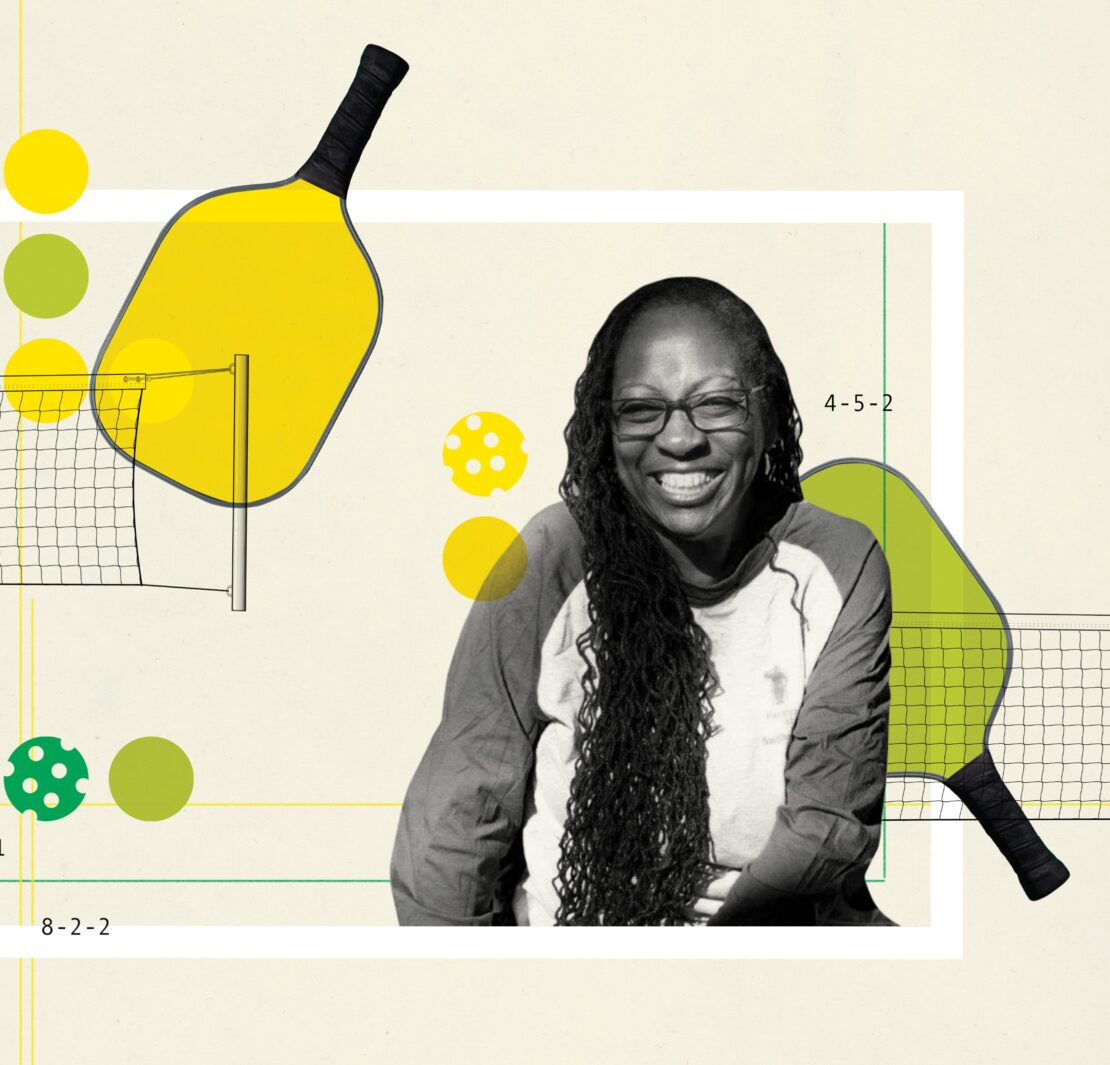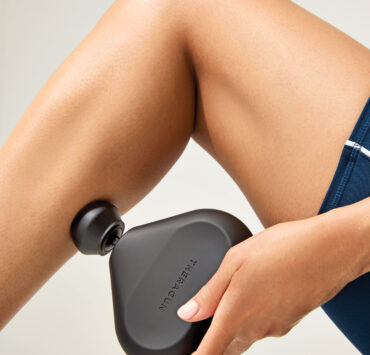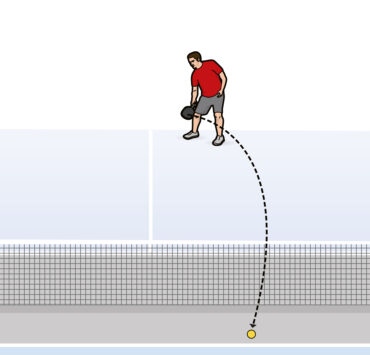GROWING UP, Twila Adams was not an athlete. “Not at all,” she says. “I never played sports.” A career in the military required her to be fit—she was a self-proclaimed “gym rat” while deployed in such places as Korea, Turkey, and Saudi Arabia as an Army transportation manager. But organized sports were never her thing (her experience was limited to short-lived stints on her troop’s volleyball and bowling teams). Ironically, it was a spinal cord injury she suffered later in life that inspired her to be the athlete she is today. She now competes in a number of adaptive athletics—sports modified for people with disabilities—including tennis, archery, badminton, curling, and her absolute favorite, pickleball.
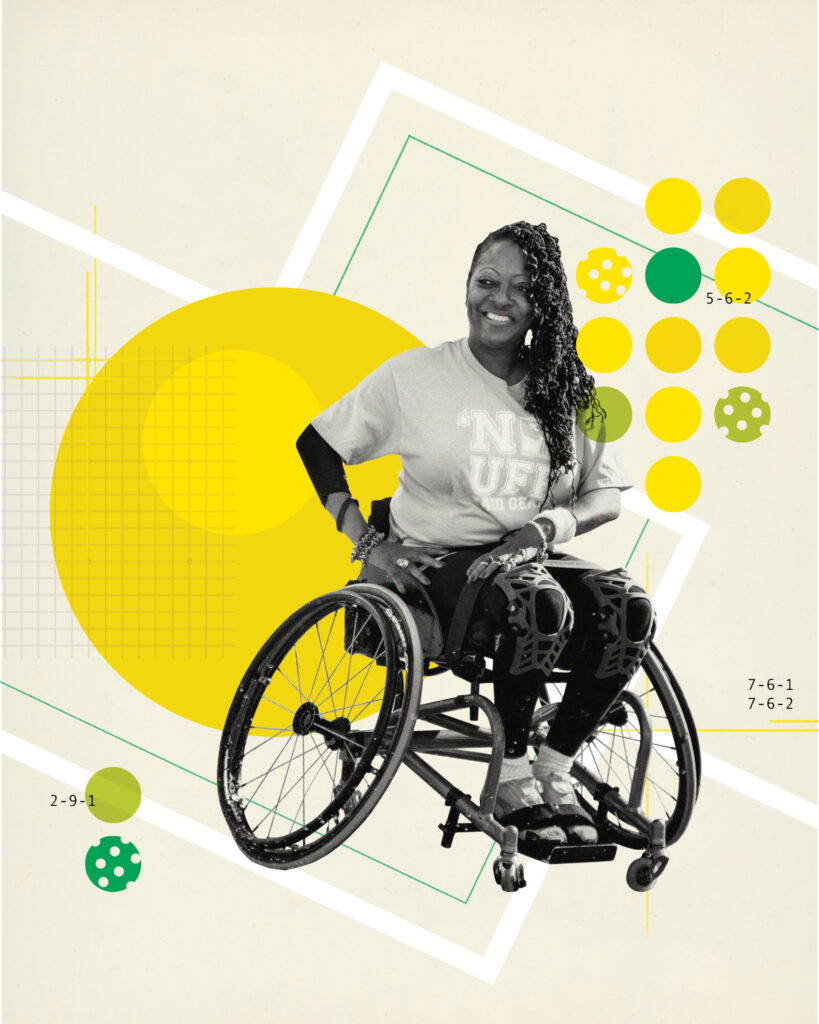
In 1994, after being honorably discharged, Adams was living in her hometown of Charlotte, North Carolina, when she was in a car accident caused by a driver who ran a red light. The accident left her a quadriplegic, able to move only her eyes and mouth. “I just kept hearing, ‘You can’t, you won’t’ from the doctors,” she says. “I said, ‘Stop telling me what I can’t do. Tell me what the possibilities are.’?” With intensive physical therapy, and a resolute will, Adams regained some mobility in her arms and legs, and learned to get around using a wheelchair or scooter, sometimes even a walker.
Her interest in sports was sparked eight years later, when a recreational therapist invited her to the National Veterans Wheelchair Games, suggesting she compete in billiards. “I saw people in sip-and-puff wheelchairs shooting archery, people shooting air rifles using their teeth,” she says. “I was like, Lord have mercy! If they can do all of that? Then I know I can do it.” She began with table tennis, trap shooting, and bowling, eventually competing in 10 different sports.
MAKING PICKLEBALL MORE ACCESSIBLE
Adams shares her adaptive pickleball tips for non-disabled and wheelchair players alike.
TWO-BOUNCE RULE
Allowing two bounces to return a ball gives wheelchair players time to move around the court.
NON-VOLLEY ZONE LINE
Players can volley with only their wheelchair casters (the small front wheels) across the kitchen. “If my big wheels go in, that’s the foot fault,” Adams says.
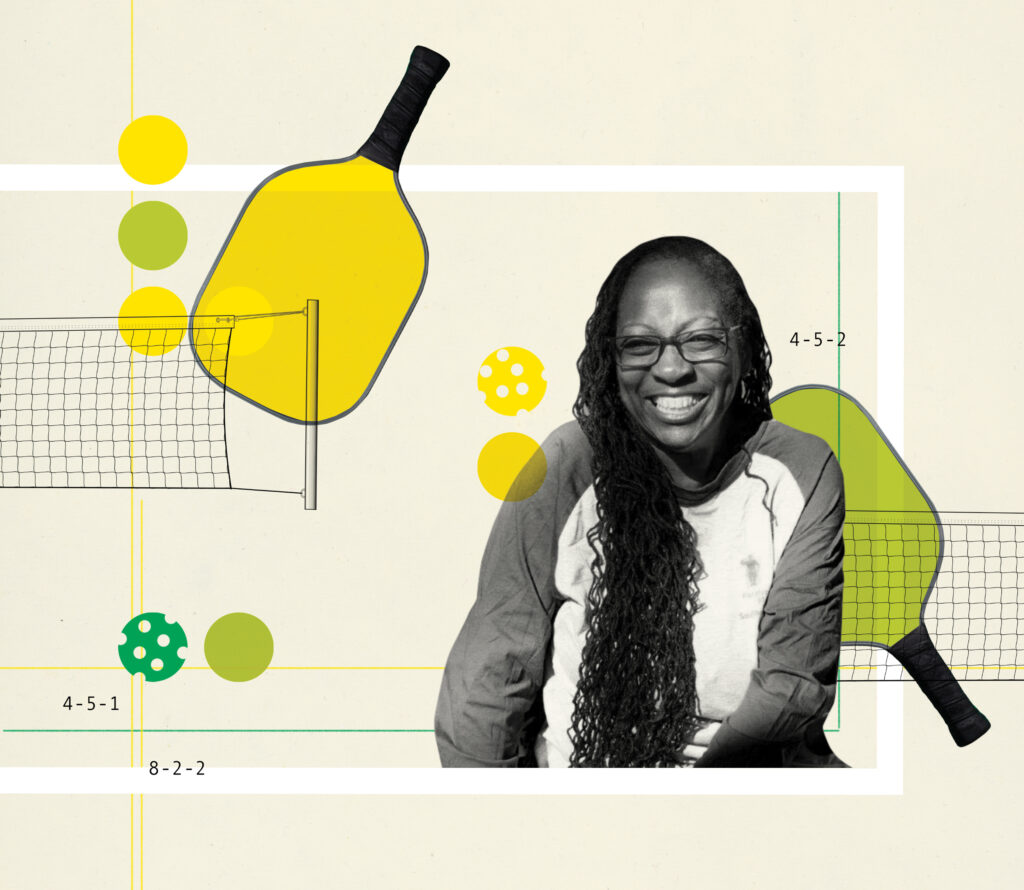
But it’s pickleball that has truly captured her heart, since she was introduced to it in 2019 at a spinal cord injury camp in Georgia, where she was mentoring newly injured veterans. Now she plays five times a week, with both wheelchair and non-disabled pickleballers. “This game, it allows any and everybody to get in some good cardio, relieve some mental stress, meet some new people, and maybe even live a fuller life because of it,” she says. She shares her love for pickleball as a motivational speaker who talks about the power of adaptive sports, and with other wheelchair users too—she recently organized a pickleball clinic for disabled vets. “I often say my accident didn’t happen to me, it happened for me, because just think about it—I’m playing pickleball, I’m traveling all over the place, talking about having hope,” she says. “If my accident had not happened, I would not be an athlete.”
SIT SMART
Seat cushions can relieve uncomfortable pressure for wheelchair players. “I like a Roho cushion because it has air in it and can be adjusted.”
GET A GRIP
For adaptive players who find grip challenging, Adams suggests wrapping the paddle handle to your hand with athletic tape.
DON’T GO EASY
“Forget about the chair,” Adams says. “I’m just another person hitting the ball back to you.”
MAKING PICKLEBALL MORE ACCESSIBLE
Adams shares her adaptive pickleball tips for non-disabled and wheelchair players alike.
TWO-BOUNCE RULE
Allowing two bounces to return a ball gives wheelchair players time to move around the court.
NON-VOLLEY ZONE LINE
Players can volley with only their wheelchair casters (the small front wheels) across the kitchen. “If my big wheels go in, that’s the foot fault,” Adams says.
SIT SMART
Seat cushions can relieve uncomfortable pressure for wheelchair players. “I like a Roho cushion because it has air in it and can be adjusted.”
GET A GRIP
For adaptive players who find grip challenging, Adams suggests wrapping the paddle handle to your hand with athletic tape.
DON’T GO EASY
“Forget about the chair,” Adams says. “I’m just another person hitting the ball back to you.”

